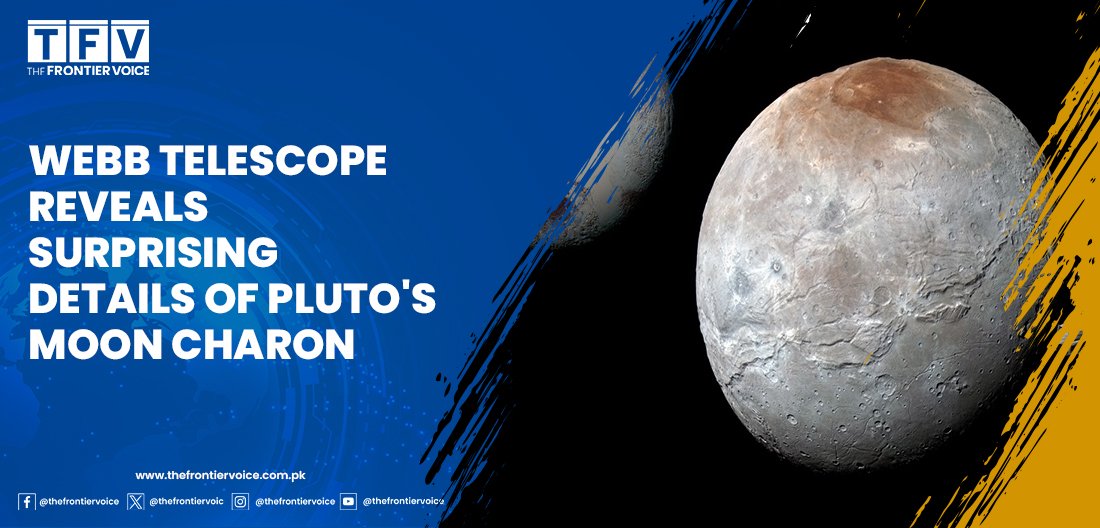ENTERTAINMENT
Webb telescope reveals surprising details of Pluto’s moon Charon

Observations by the James Webb Space Telescope are giving scientists a fuller understanding of the composition and evolution of Pluto’s moon Charon, the largest moon orbiting any of our solar system’s dwarf planets.
Webb for the first time detected carbon dioxide and hydrogen peroxide – both frozen as solids – on the surface of Charon, a spherical body about 750 miles (1,200 km) in diameter, researchers said on Tuesday. Those are added to the water ice, ammonia-bearing compounds, and organic materials previously documented on Charon’s surface.
Charon, discovered in 1978, has the distinction of being the solar system’s largest moon relative in size to the planet it orbits. It is about half the diameter and an eighth the mass of Pluto, a dwarf planet that resides in a frigid region of the outer Solar System called the Kuiper Belt, beyond the most distant planet Neptune.
The distance between Charon and Pluto is about 12,200 miles (19,640 km), compared to the 238,855 miles (384,400 km) on average separating Earth from its moon. Most of Charon’s surface is gray, with reddish-brown regions around its poles composed of organic materials.
The Webb observations build on data obtained when NASA’s New Horizons spacecraft flew by Charon during its visit to the Pluto system in 2015. The new study tapped into the ability of Webb, which was launched in 2021 and began collecting data the following year, to observe across a greater range of wavelengths than previously available. The presence of hydrogen peroxide speaks to the irradiation processes Charon has experienced over time, the researchers said, while the carbon dioxide is probably an original component dating to this moon’s formation about 4.5 billion years ago.
